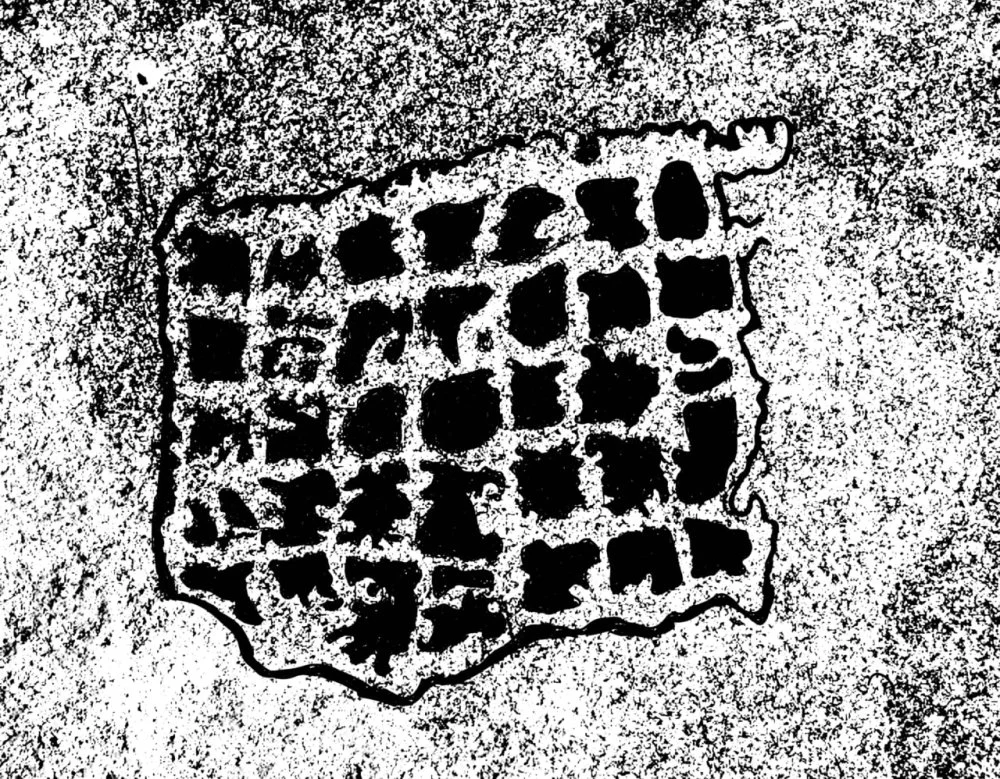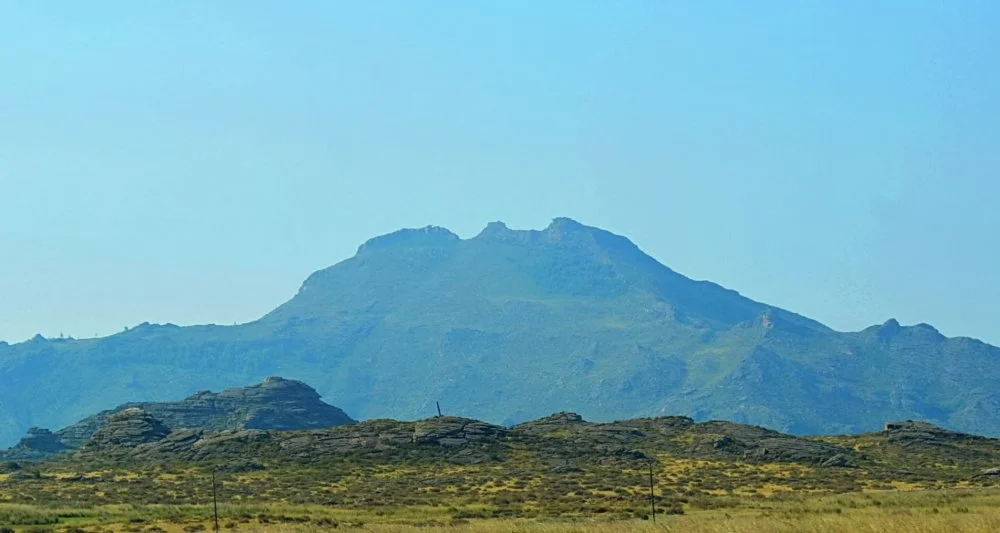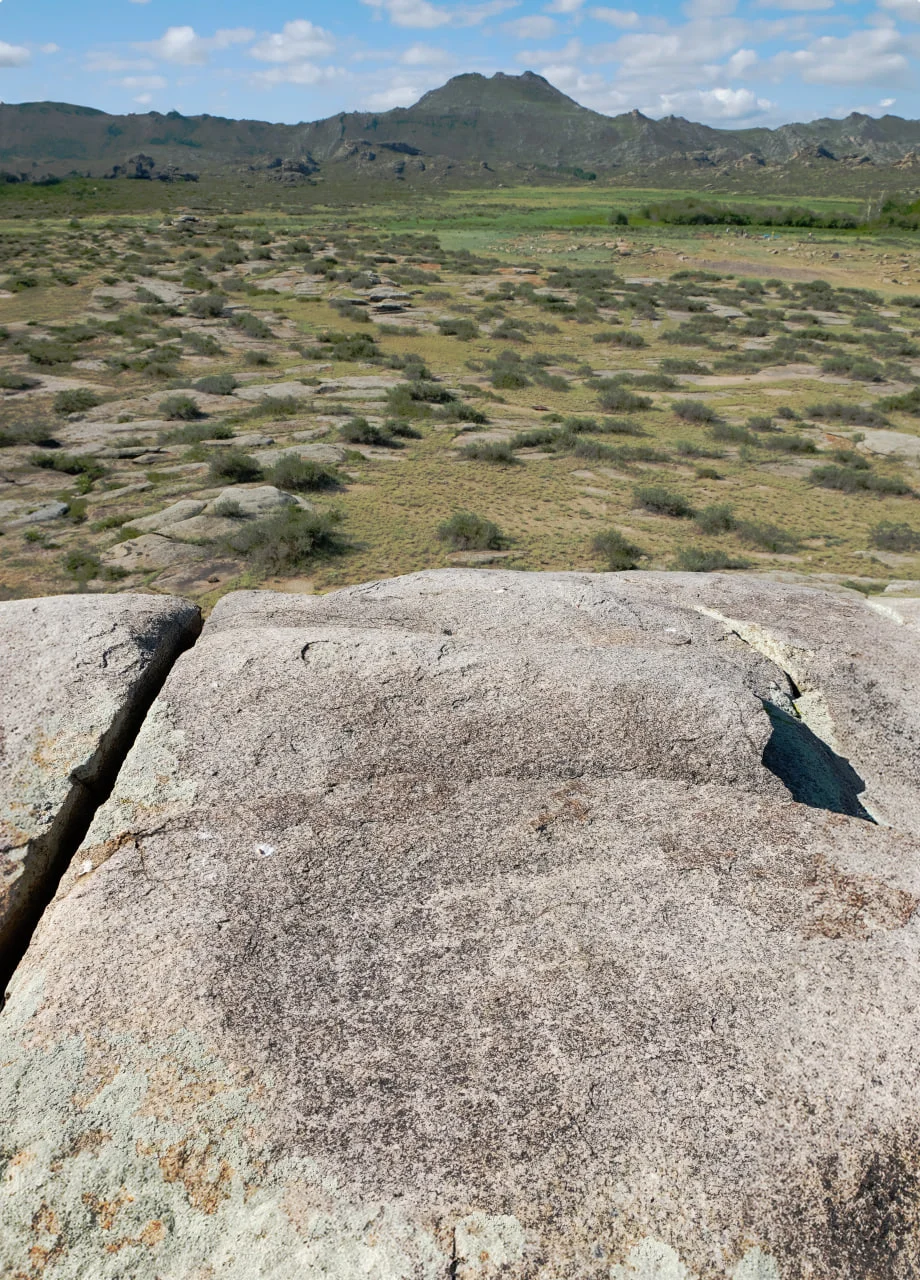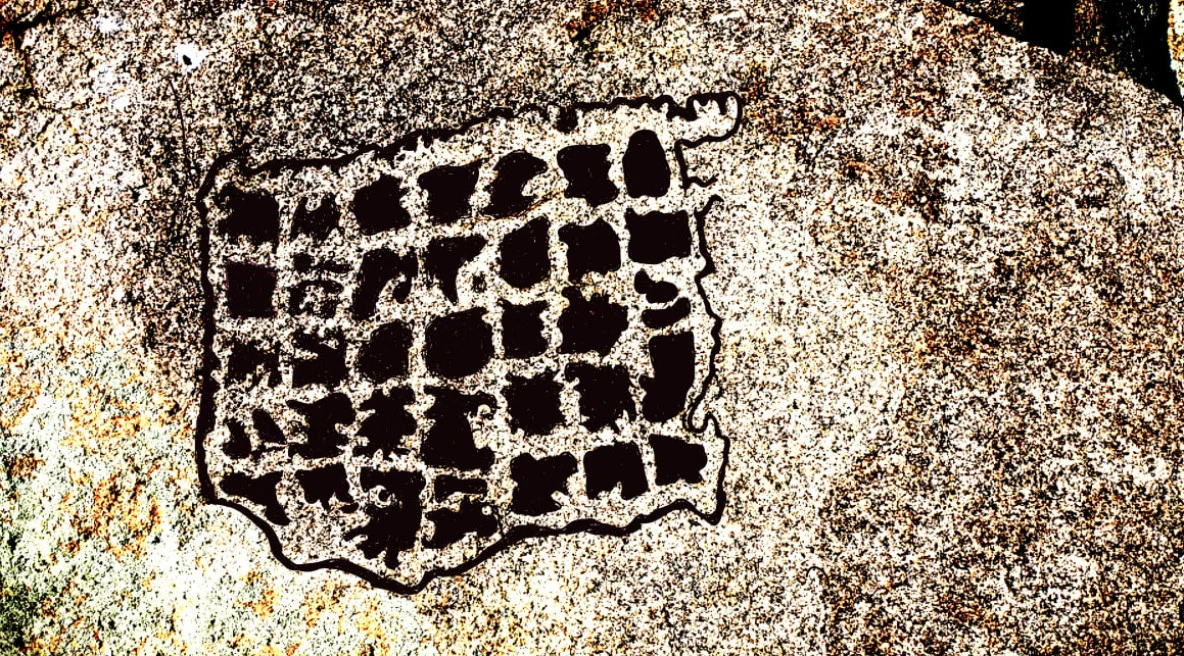In this image, eight or nine horizontal lines intersect vertical lines at right angles. Could this be a board for chess or another board game? Or, more precisely, could it be an unknown rock art game from the Paleolithic or Bronze Age?
What makes this seemingly simple grid intriguing to scientists is the fact that while it is generally rare, it can be found in a wide range of cultures and in a wide range of eras. These grids first appear in the Paleolithic Age, and they have been recorded in the Bronze and early Iron Age. Strangely enough, they are still used today as a traditional element of embroidery by various peoples, indicating that the symbol has a deep, sacred meaning.
But what does it mean? Scholars have explored countless theories. All the squares were counted more than once, the orientation of the lines to the sides of the world was checked, but no definite answer was ever found. Some scientists believe that the grid is a schematic representation of pens for domestic animals. Others see this drawing as a field with furrows that have been plowed. Still others see it as a dwelling or a plan of a settlement. In most ethnographic works on ornamentalism, this pattern is attributed to the symbols of the earth and fertility.

Lattice. Kokentau. Drawing/Olga Gumirova
These grids, though uncommon in petroglyphs, do appear in some notable sites. One was found in the archeological complex of Kökentau (Abai region), not far from the mountain of the same name. This archeological monument is known primarily for its cave petroglyphs made with a special ochre-based mixture. Recent excavations by archeologists have proved that people lived here as early as the Mesolithic period (15,000–12,000 BCE).

Sacred mountain Kokentau/Olga Gumirova
A petroglyph featuring a grid was discovered on the horizontal surface of one of the rock bastions at the Kökentau archeological site. Its lines are barely visible because the stone has no patina. Nearby are faintly visible figures of hoofed animals, thought to be sacrificial animals. Could Mesolithic or Bronze Age people have performed some rituals here? There’s no reason why not! The view from this place is impressive—overlooking the mountain, long considered sacred, and of the valley, where archeologists have found ancient settlements and burial grounds.

The cliff with the lattice offers a view of the sacred mountain Kokentau/Olga Gumirova
The people of this land consider it blessed even now. The land is fertile, and the springs never run dry even in the driest of times; there is always grass for the cattle and shelter from the wind and sun for the people.




